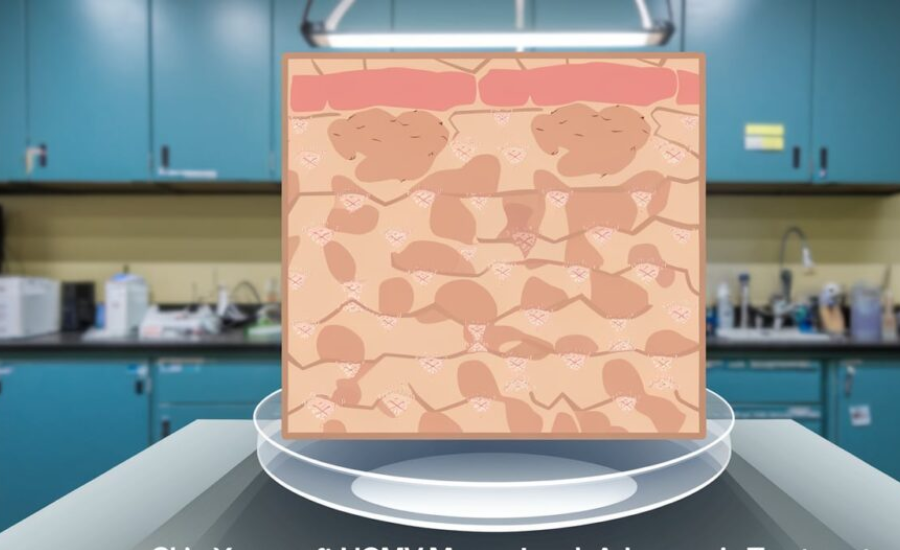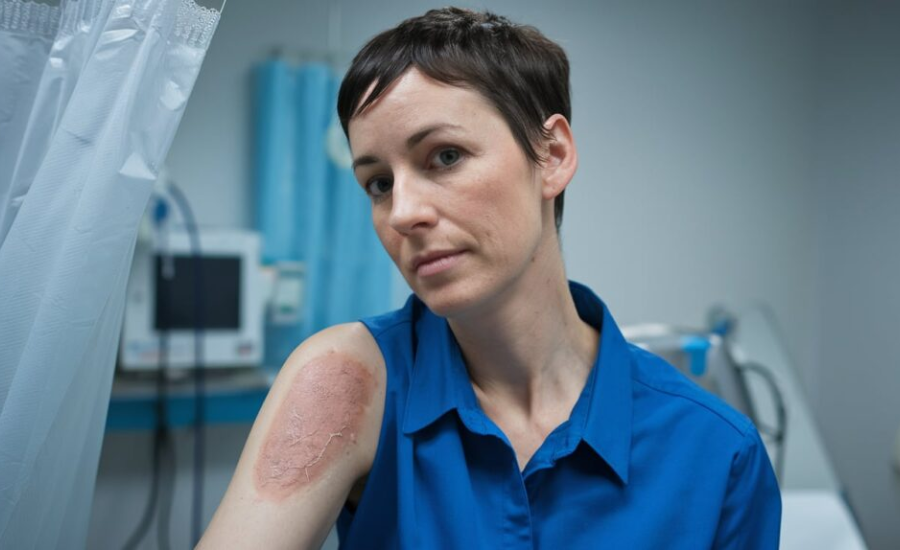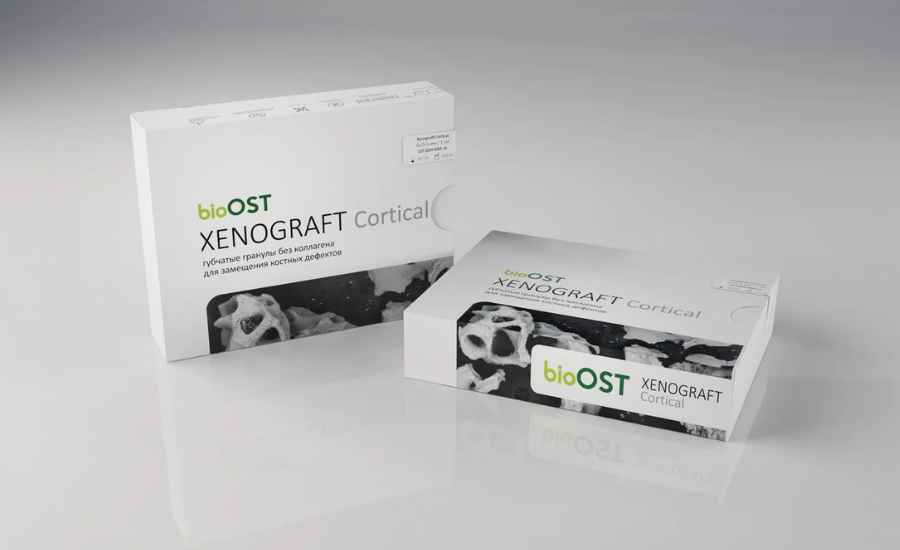In the field of transplant medicine, Skin Xenograft HCMV Megan Loyd where skin is transplanted from one species to another, are proving to be a valuable resource for advancing medical research and potential therapies. These grafts offer researchers a more accurate model for studying skin diseases, immune responses, and treatment effects, allowing for deeper insights into human skin biology compared to traditional methods.
One of the major hurdles with Skin Xenograft Hcmv Megan Loyd is handling the impact of human cytomegalovirus (HCMV) infection. Known for its immunosuppressive properties, HCMV can create complications in transplant outcomes, making it essential for researchers to understand its effects on Skin Xenograft Hcmv Megan Loyd success. This viral interference has posed a consistent challenge in transplant and regenerative studies.
Notably, researcher Megan Loyd has been instrumental in addressing this issue. Her work focuses on the complex interactions between HCMV and Skin Xenograft Hcmv Megan Loyd, shedding light on strategies to manage the virus and improve graft success rates. Loyd’s findings are setting new standards in the field, offering hope for more effective skin xenograft applications despite the challenges posed by HCMV.
What Is A Skin Xenograft?

A Skin Xenograft Hcmv Megan Loyd involves transplanting skin tissue between species, such as from animals to humans, and has become crucial for exploring immune responses, skin disorders, and treatment options. This innovative approach allows researchers to study human-like skin reactions to pathogens, drugs, and immune responses, making it an exceptional model for advancing knowledge of skin biology.
In particular, skin xenografts are invaluable for testing antiviral treatments, including those that target human cytomegalovirus (HCMV). HCMV poses a significant challenge to transplant success, and researcher Megan Loyd’s work in this area has shed light on its effects within xenografts. Her findings are driving new approaches to improve outcomes for skin xenografts, enhancing their effectiveness in research and therapeutic applications.
Importance Of Skin Xenografts In Medical Research
Skin Xenograft Hcmv Megan Loyd hold a crucial role in exploring the complexities of human immunology, tissue regeneration, and the interactions between infections like HCMV and grafted tissues. Through xenografts, researchers gain insight into how skin tissue reacts to various infections and therapeutic interventions in controlled laboratory settings. The findings from these studies have the potential to improve treatment options for serious skin disorders and to increase the success rates of skin transplants in clinical settings.
The Challenge Of HCMV In Skin Xenografts

Human cytomegalovirus (HCMV), a member of the herpesvirus family, poses a significant threat to the success of Skin Xenograft Hcmv Megan Loyd. This virus is known for its ability to impair immune function, which can heighten the risk of graft rejection and lead to negative transplant outcomes. The immunosuppressive effects of HCMV create challenges for the body’s acceptance of xenografts, as infections can put additional strain on the immune system, increasing the likelihood of graft failure.
Researching the impact of HCMV on Skin Xenograft Hcmv Megan Loyd is crucial for improving transplant success rates and developing effective antiviral strategies. Megan Loyd’s work in this area provides valuable insights into the interactions between HCMV and skin xenografts. Her findings are helping to pave the way for enhanced management of HCMV, ultimately aiming to improve the outcomes of xenograft procedures.
Megan Loyd’s Contributions To Xenograft Research
Megan Loyd stands out as a leading researcher in xenograft studies, particularly in understanding how human cytomegalovirus (HCMV) affects skin grafts. Her research delves into the mechanisms through which HCMV influences transplanted skin tissues, shedding light on the challenges posed by this virus. By identifying these mechanisms, Loyd aims to provide solutions to mitigate the adverse effects of HCMV on skin xenografts.
Loyd’s contributions are crucial for enhancing the success rates of Skin Xenograft Hcmv Megan Loyd, highlighting her significant role in advancing xenograft therapy as a viable treatment for severe skin conditions. Her work not only deepens our understanding of HCMV’s impact but also lays the groundwork for developing strategies that can improve outcomes for patients undergoing xenograft procedures.
Mechanisms Of HCMV Impact On Skin Xenografts
Human cytomegalovirus (HCMV) impacts Skin Xenograft Hcmv Megan Loyd through various mechanisms, including direct viral damage to cells, inflammation, and disruption of the immune system. The presence of HCMV can alter the expression of immune-related genes in the transplanted skin, heightening the risk of graft rejection. Furthermore, the inflammation induced by HCMV in the grafted tissue complicates the healing process, making successful integration more challenging.
Research led by Megan Loyd is crucial for understanding these pathways and their implications for skin xenografts. By investigating how HCMV affects these processes, Loyd aims to develop strategies to mitigate the virus’s impact, ultimately enhancing the success rates of xenografts in clinical practice. Her work is paving the way for improved outcomes for patients receiving skin grafts, emphasizing the importance of addressing HCMV in transplant medicine.
Strategies For Combating HCMV In Skin Xenografts
Research led by Megan Loyd and others has opened avenues for enhancing Skin Xenograft Hcmv Megan Loyd success through antiviral strategies. Potential approaches include antiviral drug treatments and gene-editing techniques to increase the tissue’s resilience against HCMV. Combining these strategies offers a promising path for reducing HCMV’s impact, improving outcomes for patients who rely on skin xenografts for recovery.
The Role OImmunosuppression In Skin Xenografts

Immunosuppressive therapy plays a crucial role in preventing graft rejection in Skin Xenograft Hcmv Megan Loyd, but it also heightens the risk of infections such as human cytomegalovirus (HCMV). This virus poses a significant threat to the viability of xenografts, making it essential for researchers to find a careful balance in treatment protocols. The challenge lies in providing sufficient immunosuppression to avoid rejection while safeguarding the immune system against infections that could jeopardize the graft.
Megan Loyd’s research addresses this delicate balance by investigating the interactions between immunosuppressive therapies and HCMV in the context of Skin Xenograft Hcmv Megan Loyd. Her work aims to enhance our understanding of how to optimize immunosuppressive regimens, ensuring they are effective without overly compromising the immune response. By focusing on these critical dynamics, Loyd is contributing to the development of safer and more effective strategies for improving it outcomes in patients.
Technological Advancements In Skin Xenografts
Advances in medical technology, including 3D bioprinting and CRISPR-Cas9 gene editing, have transformed the field of Skin Xenograft Hcmv Megan Loyd. These technologies enable more precise transplantation and reduce the risk of complications. These innovations are poised to further expand the applications and success rates of skin xenografts, paving the way for broader therapeutic uses.
Clinical Applications Of Skin Xenografts
Skin Xenograft Hcmv Megan Loyd serve various clinical purposes, especially in treating burns, chronic wounds, and skin disorders resistant to conventional therapies. These grafts can offer temporary skin coverage for patients while they await suitable human donor skin or as their own skin heals and regenerates. Their potential to improve patient outcomes makes them a valuable option in regenerative medicine.
However, effectively managing human cytomegalovirus infection is critical before Skin Xenograft Hcmv Megan Loyd can be widely implemented in clinical settings. Research led by Megan Loyd emphasizes the importance of understanding HCMV’s impact on xenografts, aiming to develop strategies to mitigate infection risks. Her work is essential for advancing the safe and effective use of skin xenografts, paving the way for broader clinical application and improved patient care.
Ethical Considerations In Skin Xenograft Research

The use of animal tissues in human medicine, including Skin Xenograft Hcmv Megan Loyd, raises ethical concerns. Megan Loyd and her colleagues are committed to upholding ethical standards in their research, ensuring patient safety and addressing questions about the long-term effects of transgenic tissue use. Ethical guidelines are essential for advancing xenograft research responsibly.
Patient Perspectives On Skin Xenografts
Patients who undergo Skin Xenograft Hcmv Megan Loyd procedures encounter a range of physical and psychological challenges. Gaining insights into their experiences is essential for enhancing not just the technical aspects of xenograft implementation but also the support systems in place for patients throughout their recovery. Understanding these multifaceted experiences can lead to improvements in patient care and outcomes.
Fostering patient-centered research is particularly important for the ongoing development and success of skin xenografts. Megan Loyd’s work in this field highlights the significance of integrating patient feedback into research initiatives, especially regarding the impact of human cytomegalovirus (HCMV) on graft success. By prioritizing the voices of patients, her research aims to advance both the clinical application of xenografts and the overall patient experience.
Educating The Public On Xenograft Research
Educating healthcare professionals, patients, and the public about Skin Xenograft Hcmv Megan Loyd and the challenges posed by HCMV is vital for the field’s growth. Megan Loyd has been a strong advocate for raising awareness of xenograft research, highlighting the importance of making informed choices about treatment and addressing related ethical issues.
Collaboration In Xenograft Research

Collaboration among scientists, medical professionals, and industry partners is essential for advancing the field of Skin Xenograft Hcmv Megan Loyd. By pooling resources and expertise, these stakeholders can effectively tackle challenges posed by human cytomegalovirus (HCMV) and other factors that affect xenograft development. This collective effort is vital for finding innovative solutions and improving graft outcomes for patients.
Megan Loyd has played a key role in promoting interdisciplinary cooperation within this field. She understands that collaborative approaches are necessary to achieve the best results for patients undergoing Skin Xenograft Hcmv Megan Loyd procedures. Through her efforts, Loyd is helping to create an environment where shared knowledge and joint research initiatives can lead to significant advancements in xenograft therapy, particularly in addressing the complexities associated with HCMV.
The Future Of Skin Xenografts
The future of it appears bright, largely due to the ongoing research and contributions from experts like Megan Loyd. Her work has established a solid foundation for understanding how to minimize the impact of human cytomegalovirus (HCMV) on transplant outcomes. By addressing these challenges, Loyd is paving the way for enhancing the viability of xenografts as a treatment option for various skin conditions.
As researchers continue to investigate innovative solutions and emerging technologies, Skin Xenograft Hcmv Megan Loyd may become a more widely available treatment for critical skin injuries and disorders. The insights provided by Megan Loyd and her colleagues will be instrumental in advancing this field, ensuring that xenograft therapy can effectively meet the needs of patients facing severe skin challenges.
Fun Facts About Skin Xenograft Hcmv Megan Loyd
- Innovative Solutions: Skin Xenograft Hcmv Megan Loyd allow for the testing of antiviral treatments, particularly those targeting HCMV, which is crucial for enhancing transplant success.
- Interdisciplinary Approach: Megan Loyd advocates for collaboration among scientists, medical practitioners, and industry partners to tackle the challenges associated with HCMV in skin xenografts.
- Technological Advancements: Advances like 3D bioprinting and CRISPR-Cas9 gene editing are revolutionizing the field of skin xenografts, enabling more precise transplantations.
- Ethical Standards: The use of animal tissues in human medicine raises ethical considerations, prompting researchers to adhere to strict ethical guidelines to ensure patient safety.
- Patient Perspectives: Understanding the experiences of patients who undergo skin xenograft procedures is crucial for improving care and support systems during recovery.
FAQs About Skin Xenograft Hcmv Megan Loyd
Q: What are skin xenografts?
A: Skin Xenograft Hcmv Megan Loyd involve transplanting use tissue from one species to another, such as from animals to humans. They are essential for studying immune responses and developing treatment options for skin disorders.
Q: What is HCMV, and why is it a concern in skin xenografts?
A: Human cytomegalovirus (HCMV) is a virus known for its immunosuppressive effects, which can complicate the success of skin xenografts by increasing the risk of graft rejection.
Q: How does Megan Loyd contribute to xenograft research?
A: Megan Loyd focuses on the interactions between HCMV and skin xenografts, aiming to understand and mitigate the virus’s impact to improve graft success rates.
Q: What are the clinical applications of skin xenografts?
A: Its are used in treating burns, chronic wounds, and skin disorders that do not respond to conventional therapies. They provide temporary coverage while patients await suitable human donor skin.
Q: How are technological advancements influencing skin xenograft research?
A: Innovations like 3D bioprinting and CRISPR-Cas9 gene editing enhance the precision of skin xenograft procedures, reducing complications and expanding their potential applications.
Conclusion
The future of Skin Xenograft HCMV Megan Loyd is filled with promise, primarily due to the groundbreaking research led by experts like Megan Loyd. Her pivotal work addresses the challenges posed by human cytomegalovirus (HCMV) in skin xenograft procedures, paving the way for innovative solutions that enhance the success of these transplants. As researchers delve deeper into new technologies and therapeutic strategies, the potential for skin xenografts to serve as a viable treatment for critical skin injuries and conditions continues to grow.
By focusing on the interplay between HCMV and skin xenografts, Megan Loyd’s contributions are essential for improving patient outcomes in transplant medicine. The insights gained from her research not only enhance the effectiveness of skin xenografts but also help to advance the broader field of transplant medicine. As this area of study evolves, the hope is that skin xenografts will become increasingly available, offering renewed hope to those with severe skin challenges.
Stay in touch for more updates and alerts visit: Latest Dash!

